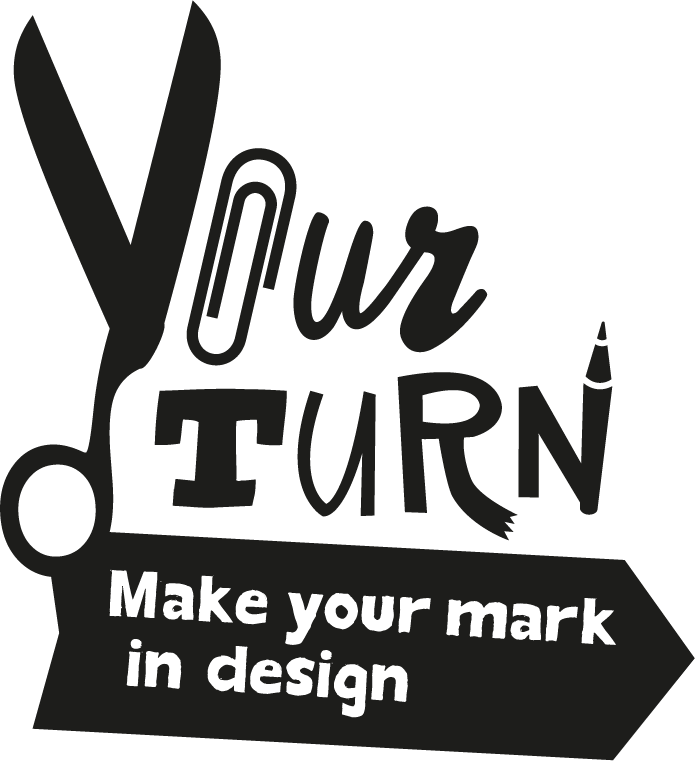
The Guidebook Your Turn for the Teacher supports teachers in setting up real-life design projects for use with 8 – 14 year old pupils. It is also a valuable manual for designers aiming to co-design within a primary school setting. The document contains an appendix with a varied set of design tools and student materials. It is available as a free download.
Below, the individual tools for co-design projects with children are listed. Each tool describes its the core effect, provides step-by-step guidance and comes with example worksheets for participants. For some tools, customisable templates are available. Some tools are explained by children in videos; a playlist is available. Together with the advice on the approach page, the tools provide support for building co-design processes that benefit both designers and the participants.
explore and define the problem
Choose your side
This energizer-style technique creates awareness of differences between people. Participants express their choice between two alternatives by walking to different sides of the room.
Experience gatherer
This technique creates awareness of personal differences between the designer and the target users. It asks participants to map their own experience and compare it to the experiences of intended end users.
Location vlog
Map the specifics of the design environment and the various uses of it in a quick video, and share it with your client or problem owner.
Personas
Summarise your insights on a group of users with a similar profile. Create a fictive representant of this group through writing and drawing in a template.
Empathic design challenge
Use your knowledge and empathy with end users to define the problem, a direction for solutions and your design challenge.
ideate
Inverse brainstorm
This technique helps thinking out-of-the-box by listing the characteristics of a phenomenon or situation, inverse the list, and design for the inverse.
Picture brainstorm
This technique supports thinking up new ideas through visual stimuli.
Word brainstorm
This technique supports thinking up new ideas through random combinations of words.
Open your senses
A series of compact exercises to explore an environment through multiple senses: sight, sound, smell, touch.
Combine and fantasize
Synectics as a game: create small stories of random combinations of objects and characteristics. What would happen if sidewalk tiles could float..?
evaluate and select ideas
Yes/no list
Make a rough selection of the outcomes of a brainstorm and compare your choices with those of other team members.
Dot voting technique
Place dots with your favourite ideas and work towards consensus with your team.
Choice-box
Rate ideas on originality and feasibility in a crosshair diagram.
Traffic light rating
Judge if your ideas fulfill the main criteria and compare ideas by traffic light codes: green, yellow, red.
Forward with feedback
Use a feedback form to formulate feedback in a way that overcomes defensive tendencies and inspires a new design iteration.
build prototypes
No prototyping tools…
Unfortunately, we don’t have tools to share on this topic yet. We are open for suggestions.
present
Video roll
Making a quick video presentation from your design materials, for sharing with a client.
Piecing together a design pitch
An exercise to practise a standard structure for design presentations.
Solution pitch
A Workbook with a standard structure to help you create a complete story of what your design is about, useful for well developed ideas or final designs.
